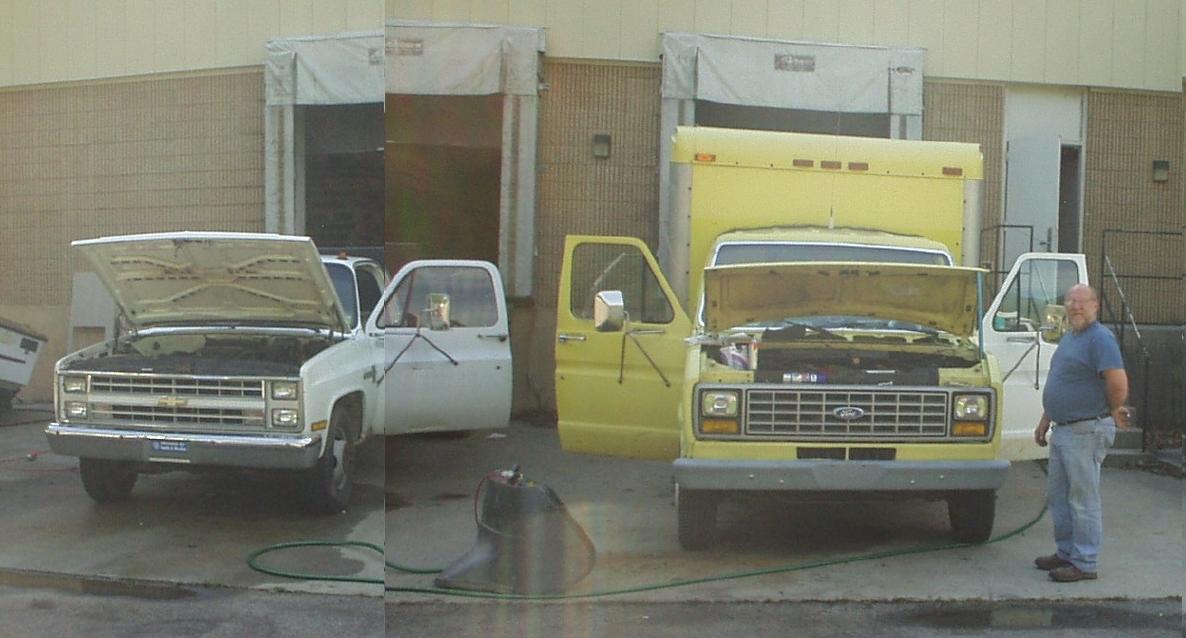i hate wiring
edited again for i forgot a pic
doin' some work on Steve's Buick. I took more pics, but the camera battery died.
It's been said that when you have electrical work done, the last thing replaced was likely the only real problem. Well, I'm still waiting on the last piece for these door locks, and the rest is fixed :)
burnt relay
no power here
no power here either
but there was power there on the other side. s'posed to be power to all the orange wires at all times.
I had to cheat a little. I ran a new wire
from the driver's orange wire through the doorjamb inside to the harness, once i determined that particular wire was bad somewhere between. For the wire to the relay I had to really cheat. I cut it and spliced to an always hot wire, rather than removing the dash, steering column, and wiring harness to find where exactly the open wire was. The stupid Haynes manual was useless of course. No wiring diagrams for locks or windows.
So now i'm just waiting on a new switch for the driver's side, so the locks can be operated from both sides without trading the pass. switch.
The relay is under the driver's seat, which sometimes has standing water. Go figure. Electrical components under seats or on floor never seem to fare well.
I couldn't find where the water was getting in, so i opened up the floor pan drains, which had been covered. I hope it helps.
Somewhere during all of this, the passenger window decided it would only operate from the driver's side. The driver's rear wasn't working, so i guess I'll be doing windows tomorrow. Did I mention I hate wiring?
I need to look at the stereo tomorrow too, and do the rear struts.
I also replaced the passenger front interior door panel with the original, and had the door lock rekeyed... or rather, retumbled? The lock cylinder now fits the original key. I had new lock tumblers put in to fit the original key. The Chevy dealership on Capital did it for a fair price in very little time.
The door had been replaced, and the lock was not swapped. The original panel was a bit damaged from the removal, but at least it was saved. The wiring harness for the power seats was not saved, so the seat on the passenger side is now stuck in place. I had to use a piece of the replacement door panel on the old panel. I have no idea why they had been separated. I had to line up a slew of staple holes and push staples back in. I'm glad they used robots for that at the factory so all the holes lined up.
I thought I had pics, but they didn't come out.
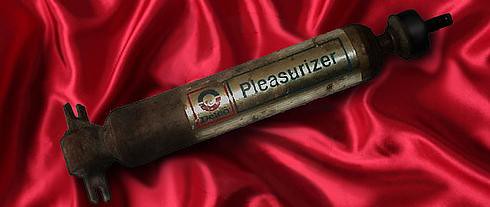
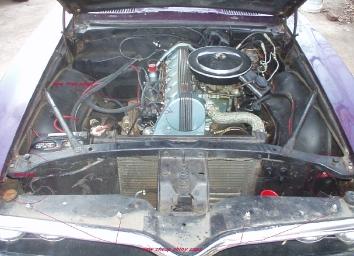
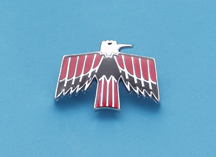
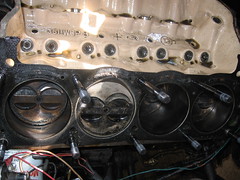 stretched
stretched








